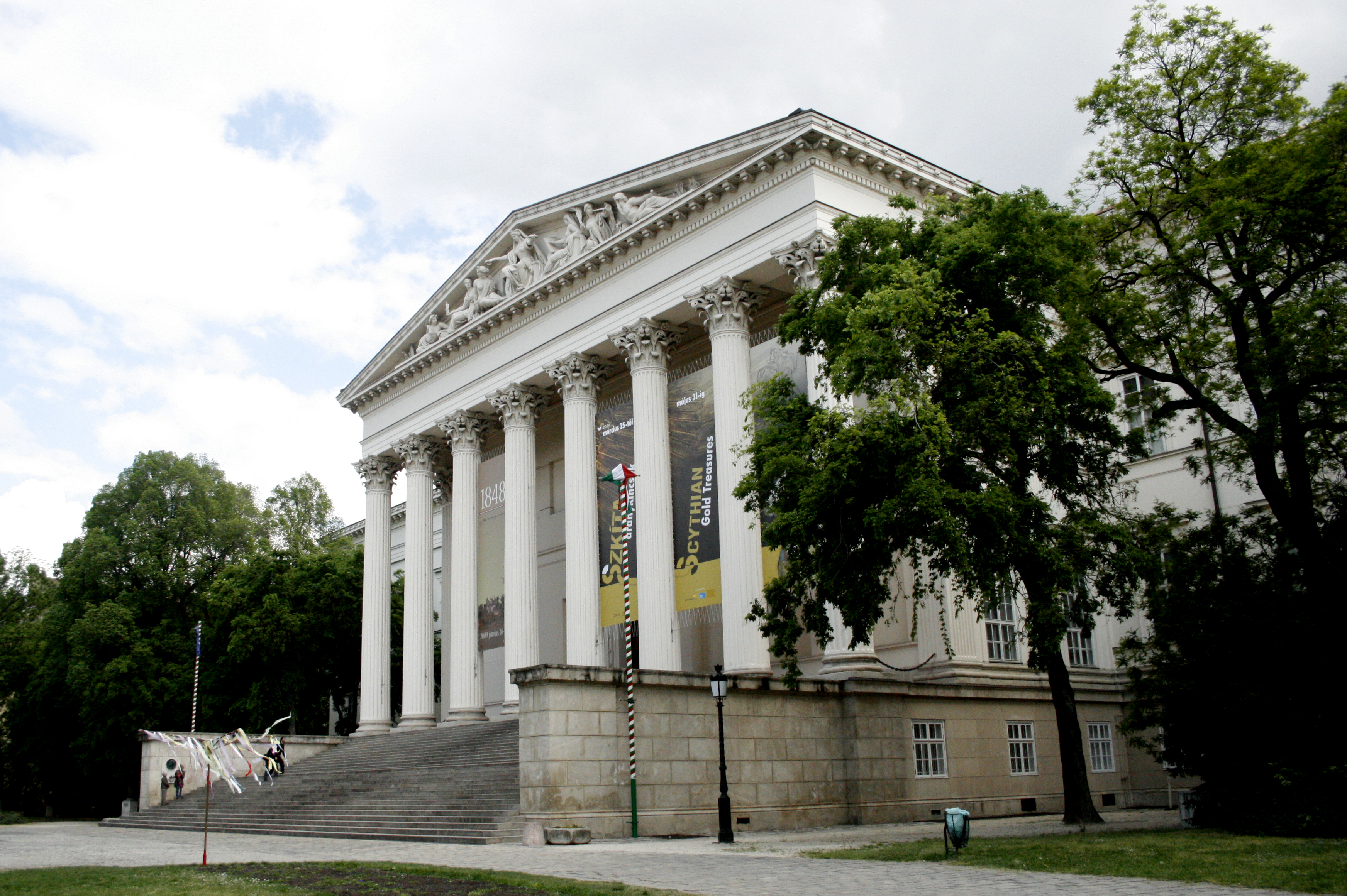|
Károlyi Palace, Budapest (Károlyi Street)
Károlyi Palace is a 17th-century palace located at 16 Károlyi Street and Henszlmann Imre Street in Palotanegyed, Budapest, Hungary. The palace was built in its current Neoclassical architecture, neo-classical style by the Károlyi family. Since 1957, it has been the home of the Petőfi Literary Museum. History The original palace was built in the late 17th century, however, Count Antal Károlyi bought the palace in 1768. During its 150 years of ownership, the Károlyi family had the palace renovated several times. Count Antal Károlyi's initial renovation was finished in 1791. Two generations later, Count György Károlyi began substantial renovations in 1832, turning the building into its modern Neoclassical architecture, neo-classical style. The work was started by Viennese architect Anton Pius Riegel and completed by architect Heinrich Koch. Beginning in 1835, construction was overseen by architect Mihály Pollack, and the renovated building was officially opened in 1841. L ... [...More Info...] [...Related Items...] OR: [Wikipedia] [Google] [Baidu] |
Palotanegyed
Budapest's Palotanegyed (''Palace District'') forms an inner part of Pest, the eastern half of Budapest. Known until the communist period as the ‘Magnates’ Quarter’, it consists of the most westerly part (west of the Nagykörút) of the city's Eighth District, or Józsefváros (Joseph Town), which was named on 7 November 1777 after Joseph II, Holy Roman Emperor and Archduke of Austria (1741-1790), who reigned 1765-1790 (1780-1790 as King of Hungary). (Vienna's Eighth District, the Josefstadt, was also named after him, but long after his reign, in 1850). Józsefváros developed immediately east of the medieval walls of Pest and was originally called Lerchenfeld ('Lark Field') or the Alsó-Külváros (‘Lower Suburb’). The Palotanegyed's borders are the Múzeum körút to the west, Rákóczi út to the north, the József körút to the east and Üllői út to the south. There is an extensive photo archive of the Palace District at the Fortepan website. Pre-1945 history Th ... [...More Info...] [...Related Items...] OR: [Wikipedia] [Google] [Baidu] |
